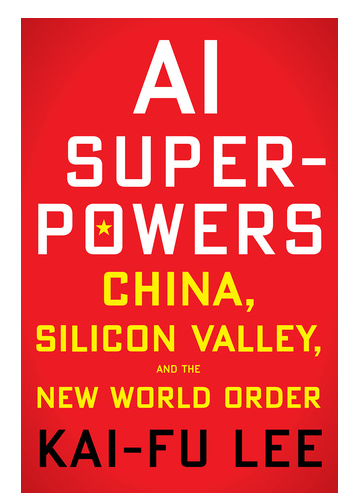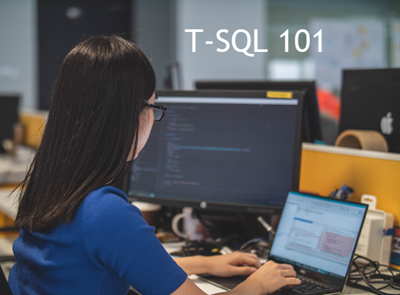
Book Review: AI Super Powers by Kai-Fu Lee
I haven’t been doing as much driving in my car lately, so that’s limited the time I’ve had for listening to audio books. But one that I did complete recently was AI Super Powers by Kai-Fu Lee. The subtitle is China, Silicon Valley, and the New World Order.
This is an area that I’ve been really passionate about for the last few years. I can see AI changing so much of our current world, and much sooner than I think most people will realise.
2020-02-07










